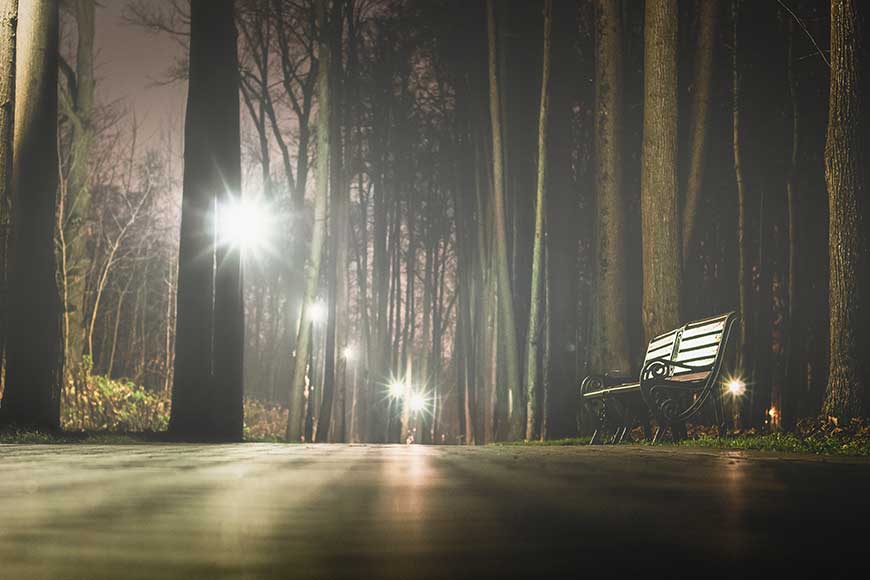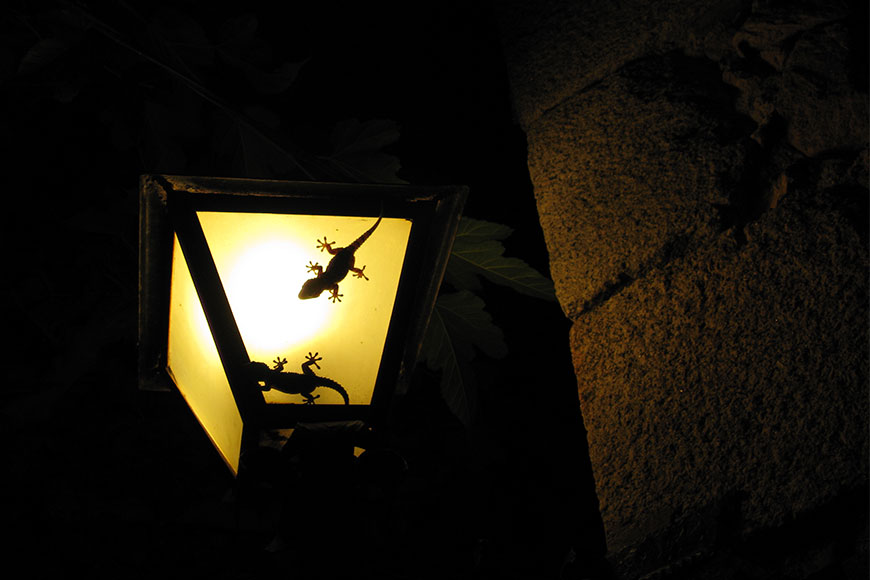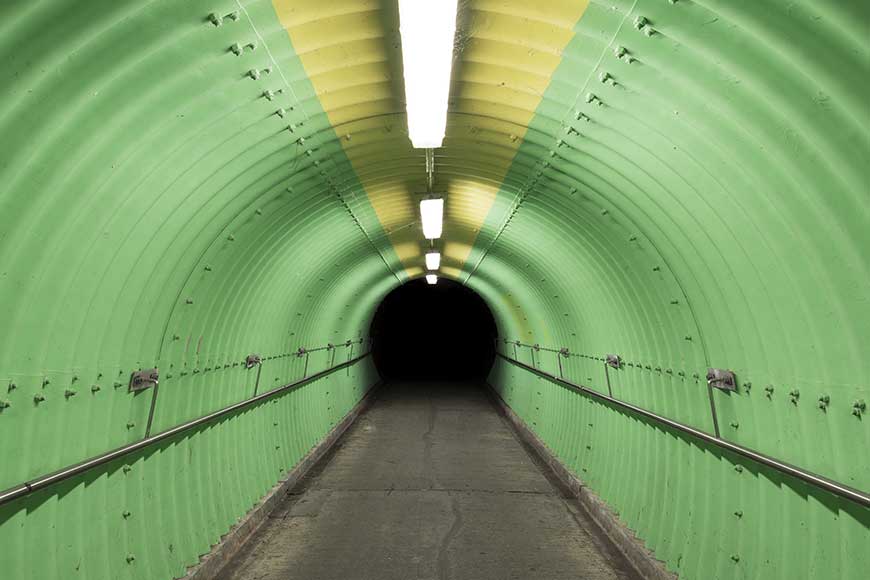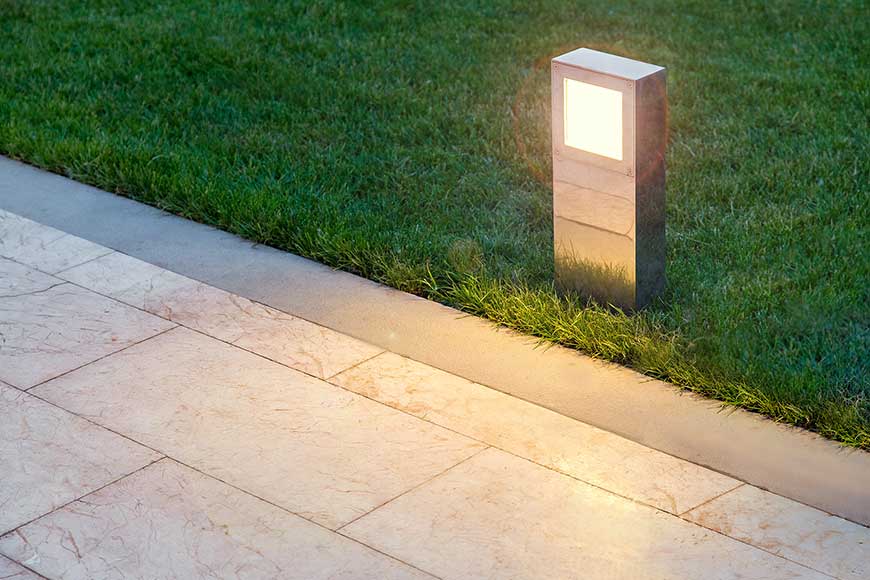A Guide to Choosing Wisely
Improving pathway and trail lighting is key in ensuring the safety of pedestrians and cyclists on public pathways and trails, but it’s important to choose the right type of lighting to prevent the harmful effects of light intrusion.
There are significant benefits to investing in improved outdoor trail and pathway lighting. The safety and enjoyment of public park trails are greatly enhanced with proper lighting, extending usable park hours, and time spent outdoors, leading to healthier, more active communities. Better pathway and trail lighting also improves public safety by preventing collisions between cyclists and other trail and path users. Good trail lighting will help pedestrians and cyclists alike in detecting and avoiding tripping hazards, such as tree branches, uneven paving, unexpected elevation changes, or icy patches. Seniors and disabled park and trail users also benefit from the increased accessibility a lighted pathway provides. Finally, well-lit parks and trails are more inviting, attracting more users to isolated areas and increasing a neighborhood’s overall safety and security.

Things to consider when choosing pathway lighting
User safety is typically the primary concern when choosing pathway or trail lighting, but there are other important factors to weigh as well. The type of lighting you choose, and how that lighting is placed, can have considerable impacts on plants, wildlife, and human health.
Artificial light can negatively affect bird and animal migration. Unnatural light sources can pull birds from their usual migratory flight paths, resulting in death through building collisions or exhaustion and starvation. Light pollution can also contribute to insect loss, disrupting the natural cycles of nocturnal moths and caterpillars. Artificial lights disrupt ecosystems, altering circadian rhythms and interrupting natural hunting and breeding cues and ultimately leading to reduced wildlife and insect populations.

Plants are also affected by too much artificial lighting, which can disturb light-sensitive biological functions such as pigment growth, leaf shedding, or bud formation. Like animals and insects, plants depend on natural light cycles to determine when to grow, and when to rest.
Humans are also at risk from the negative impacts of light pollution. Light trespass or nuisance glare from artificial lights can increase your risk of obesity, insomnia, and mood disorders. Finally, excessive, unneeded light can quickly increase energy consumption, eating up city budgets and contributing to increased carbon emissions and climate change. It’s estimated that 30 per cent of outdoor lighting in the United States is unneeded; that’s about $3.3 billion worth of energy wasted!
Best practices for pathway lighting
The placement and spacing of your pathway lighting is critical in ensuring a safer environment for path and trail users while mitigating the negative effects of artificial light pollution. Good pathway and trail lighting should keep glare and over-lighting to a minimum, allowing for a view of the night sky. The International Dark Sky Association recommends that lighting should be used only where needed, be only as bright as necessary, and reduce upward directed light. Dark sky friendly lighting reduces light waste and clutter by carefully directing light and limiting the height of light features.
When planning for effective pathway or trail lighting, consider where you need light most. According to AASHTO guidelines, lights should always be installed:
- In tunnels or at overpasses
- At trailheads
- At bridge entrances and exits
- In public gathering places
- Along streets and at crosswalks
- Where paths intersect
- To illuminate signage

Types of pathway lighting
Outdoor lighting can be divided into two categories: path lighting and beacon lighting. Path lighting lights the ground on a pathway, while beacon lighting is used for wayfinding, usually highlighting trail or parking lot entrances.
Bollard lighting is often a practical solution to both types of outdoor lighting needs. Low-level bollard lighting prevents light intrusion by replacing wasted uplight with gentle, targeted lighting directed only where needed. With proper spacing and shielding, bollard lighting can be the perfect dark-sky-friendly solution for public pathways and trails.

Solar-powered bollards offer a sustainable, self-contained light-source that’s easy to install anywhere. Self-powered and durable, solar lighted bollards require less maintenance, making them cost-effective over the long term. Solar powered bollards provide a reliable light source that keeps going even during power outages. And, of course, solar bollards offer the added benefit of producing a low carbon footprint and creating less impact on the environment.
Hardwired lighted bollards offer an effective and reliable light source in areas where solar lighting is impractical. These bollards will work in any environment and offer reliable, controlled illumination for outdoor pathways and trails. Hardwired low-wattage LED lighted bollards also offer energy savings over traditional outdoor street and path lights.
